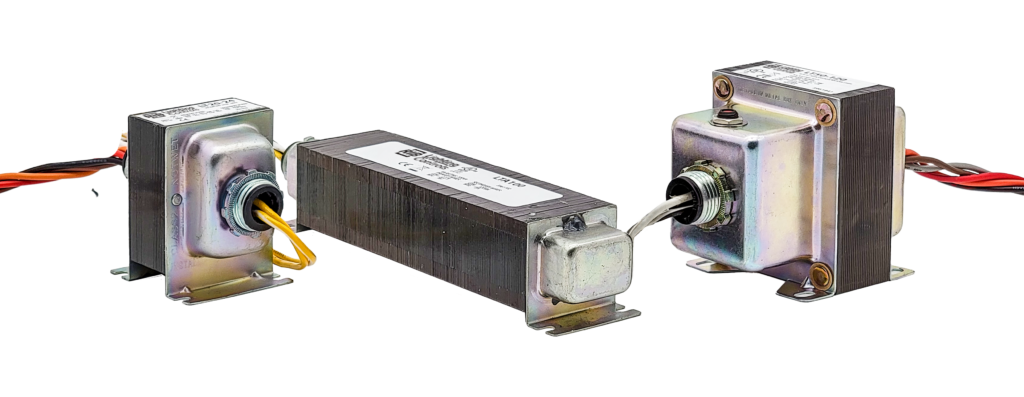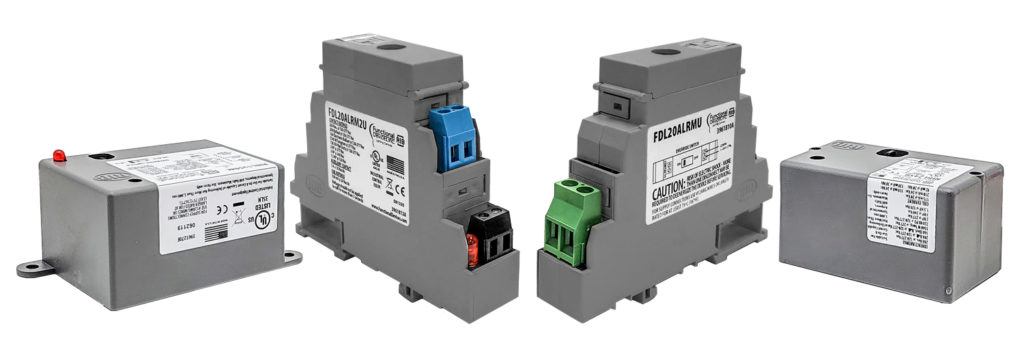Harnessing the Power of Transformers and Relays in Lighting Design

Lighting design has taken on an important role, whether functional or aesthetic lighting. In a more granular sense, though, the right lighting control devices also need to be found. Transformers and relays work together to make controlling lights possible. Continue to read to learn how transformers and relays work both separately and together in lighting applications.

Lighting Transformers
View our offering of Lighting Transformers
Transformers are important because stepping down a line voltage level (120Vac/277Vac) to a low voltage (24Vac for example) is required in some lighting controls applications. For instance, what if someone wants to automate the lighting to turn on/off based on some environmental condition? In many use cases, the environmental sensor utilizes low voltage, typically 24Vac. Thus, a transformer is required to bridge the gap between the line voltage feed and the low voltage input power requirement of the sensor.
Our 277V to 120V Step-Down Transformer are designed to solve common field installation issues where the line voltage does not match the desired load voltage requirement. Using this Step-Down Transformer, you can convert 277V line voltage to 120V. There are many transformers to choose from, so pay attention to these key parameters:
- Input voltage (primary) options
- Output voltage (secondary) options
- Output power (VA or Watt rating) options

Lighting Relays
View our offering of Latching Relays and General Purpose Relays
As for relays, think of a relay as a fancy light switch. When thought in that sense, it’s rather straightforward that relays will be used to control lighting, turning electrical loads on and off. With a light switch, a finger is used to do the switching. With a relay, though, an electrical signal is used to perform electro-mechanical work, forcing the internal switch to move from one state to another. Picking the right relay will depend on these key parameters:
- Input voltage to the coil of the relay
- Size (in Amps) of electrical load to control
The cool thing about combining relays and transformers is that automating the lighting can be possible. With only a light switch, someone has to do all the switching on/off. However, with a relay, the lights can be controlled via environmental commands. The environmental sensors need input power, which a transformer can provide. Everything works in harmony!
Functional Devices offers both relays and transformers in our lineup. If you come across a good environmental sensor, be sure to contact us for a transformer and relay to complete the job.
